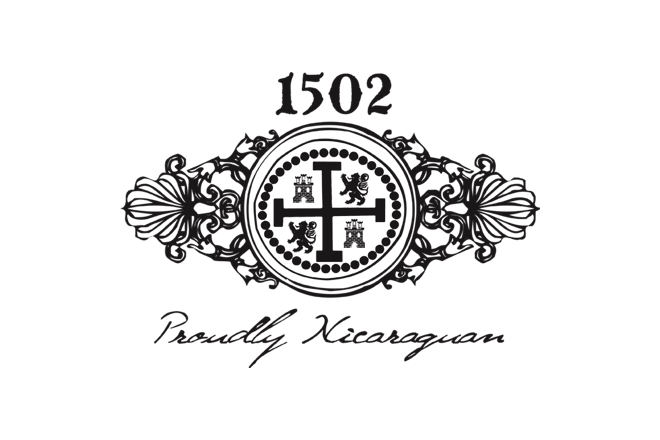For whatever reason, the past year or so has seen a rise in manufacturers and retailers asking us—as cigar bloggers—what we think about “boutique” cigars. It’s been in person, not text, so the rabbit ears surrounding the term haven’t been seen, but here’s my thoughts on why we should remove the term from the cigar vernacular.
For me, it’s always been unclear what is “boutique” and why it matters. A few—some claiming to be part of the group, some claiming to be not part of the group and others in the category of “we are too big to be a boutique, but we have the spirit of one…”—have tried to define it, why it matters and more importantly, why you should care. To me, a cigar is a cigar, is a cigar, is a cigar.
I’ll try to understand, with a definition. The always correct Wikipedia defines boutique manufacturing as “a method used for the custom production of certain products in limited quantities by hand or with a restricted level of automation.” SMOKE defined “boutique” as less than 1.5 million cigars annually in 1999. By my math that would mean Fuente Fuente OpusX is a “boutique” line, Tatuaje would not be a boutique brand/company, nor would Oliveros, the company behind “Boutique Brands,” the brand. That makes sense, right?
So perhaps we talk about automation? The message you hear is that premium cigars are rolled entirely by hand, hecho a mano. The term is true, sort of. The industry—collectively—ignores the use of Lieberman machines (seen best in this video) as anything that would disrupt the “entirely by hand” mantra, although to many, it looks a lot different than the romanticized image of raw tobacco being bunched and rolled with little more than a blade and some vegetable glue.
Not all factories use Lieberman machines and most that do don’t use them on all of the products made in the factories. Regardless, if we accept that Libermans are part of “restricted level of automation” the question turns to the earlier part of the definition “custom production.”
There are exponentially more manufacturers than there are factories. It’s a logical reality for a lot of reasons, but when you begin to talk with people about what they consider “boutique manufacturers,” you realize there are few cigars they consider “boutique” that are actually made at a factory owned by the “boutique” manufacturer themselves.
“The godfather of boutique cigars”—a name with unknown origins—is used by Ernesto Perez-Carrillo Jr.—also the “godfather of big ring gauge cigars”—he owns his own factory. Recent upstart RoMa Craft Tobac, who certainly are towards the top of the “boutique” cigars list, also have their own factory. But then it becomes a little bit more challenging.
Tatuaje? Nope. That’s made by the Garcías of My Father. Illusione? Nope, made at the same factory responsible for Alec Bradley and Viaje—just to get that out of the way—as well as a Nicaraguan factory that has produced quite a few other brands. You want to get smaller? Reinado is made at the same factory responsible for Altadis USA’s Warlock, Viva Republica is made by the oldest cigar company in the Dominican Republic, Plasencia makes cigars for a dozen or so “boutiques” and a company by the name of Rocky Patel, and El Titan de Bronze—the “boutique” factory—has made cigars for La Palina, Padilla and Miami Cigar & Co. Speaking of “boutique” factories, Rocky Patel even has one of his own.
The reality is this: if the term did mean something—which is quite possible—it doesn’t really describe much today. On paper what’s the difference between Alec Bradley and the rest of what’s been made at Raíces Cubanas over the last few years: a national sales force and some numbers, that’s basically it, on paper. Where’s the line in numbers between Wilson Adams, Regius, Toraño, Villiger and Rocky Patel—who all have cigars made for them by Plasencia—this article says an eraser is a better way to find out than a pencil.
There are a lot of people making cigars, and then there are people making cigars. There’s nothing wrong with doing it either way and I’m sure there were times in which being not in the shoes of Perez-Carrillo or Martin and Rosales was an advantage, but confusing the latter with someone who has been to the factory who is making their cigars a total of three times is a grave mistake. And the confusion seems to happen a lot. Haven’t heard of a brand? Call it a “boutique.” Your customers haven’t heard of a brand? It’s a “boutique.” It’s an activity I’ve seen repeated week after week, and it’s not for the better.
Is there a difference between “boutique” and “small”—probably not in today’s world, but what’s “small?” Sure, some people will make the case that Altadis and General—the two giants in the industry—compete largely in one space of the category and Tatuaje and Illusione compete largely in another, but Ashton, Davidoff, Drew Estate, Fuente, My Father, Oliva, Padrón and a plethora of others compete in both—a good sign that the term likely has been reduced down to largely a discussion over size, one that probably no one—myself included—could possibly have given how little confirmed—let alone vetted—information is actually available about how many cigars each brand makes annually.
So maybe it’s just how it feels. Defining cigars is difficult because of how many hands touch the product before a consumer gets it, the number is said to be around 300. As such, what you find when you dig deeper is that whether it be in the tobacco, rolling, boxes, bands or distribution, it’s hard—nearly impossible—to only use “small” companies, and as such, it’s a bit more difficult to be a boutique—whatever that means anyways.
(A version of this editorial appeared in The Newsletter.)



